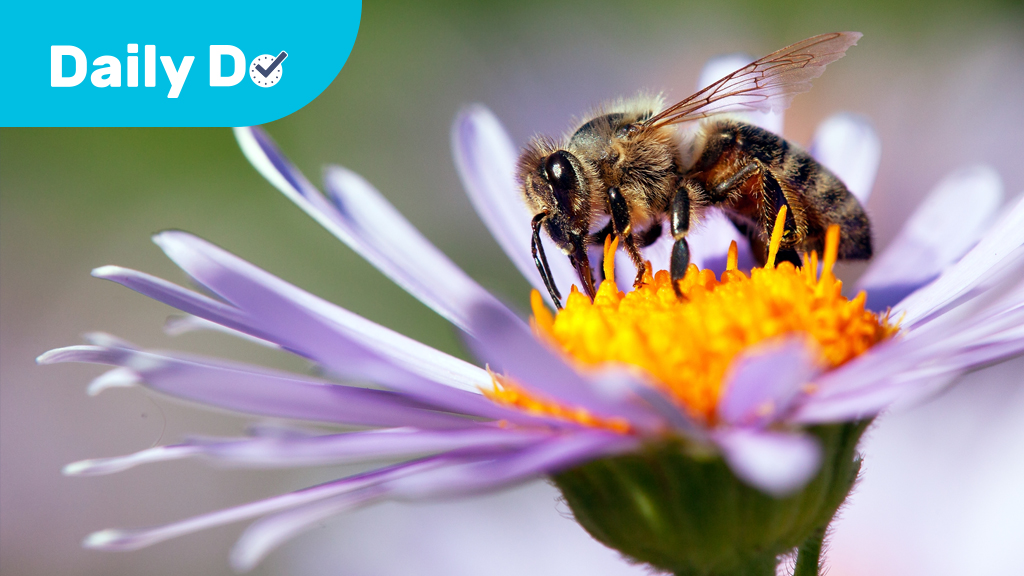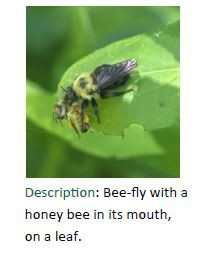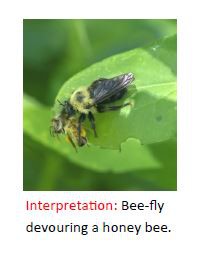Elementary Middle School Informal Education | Daily Do
Why Do They Visit the Flower?

Biology Crosscutting Concepts Disciplinary Core Ideas Is Lesson Plan Life Science NGSS Science and Engineering Practices Elementary Middle School Informal Education Grade 4 Grades 6-8
Sensemaking Checklist




Welcome to NSTA's Daily Do
Teachers and families across the country are facing a new reality of providing opportunities for students to do science through distance and home learning. The Daily Do is one of the ways NSTA is supporting teachers and families with this endeavor. Each weekday, NSTA will share a sensemaking task teachers and families can use to engage their students in authentic, relevant science learning. We encourage families to make time for family science learning (science is a social process!) and are dedicated to helping students and their families find balance between learning science and the day-to-day responsibilities they have to stay healthy and safe.
Interested in learning about other ways NSTA is supporting teachers and families? Visit the NSTA homepage.
What Is Sensemaking?
Sensemaking is actively trying to figure out how the world works (science) or how to design solutions to problems (engineering). Students do science and engineering through the science and engineering practices. Engaging in these practices necessitates that students be part of a learning community to be able to share ideas, evaluate competing ideas, give and receive critique, and reach consensus. Whether this community of learners is made up of classmates or family members, students and adults build and refine science and engineering knowledge together.
Investigating Who Visits the Flower
Before we begin to examine a flower, let's determine what things we should notice and record on our Insect-Plant Monitoring Field Study Handout.
Choose a flower, or a group of the same flowers, that are blooming in your yard or park. First, examine the flower and become familiar with it. Take several pictures from different angles. Determine what type of flower it is, and record that on the handout. If you are not sure, you could use several apps for smartphones such as iNaturalist (free), NatureGate (free), or FlowerChecker (free).

Once you have taken pictures of your chosen flower, set a timer for 10 minutes. During this time, you will observe and record what kinds of insects are visiting the flower. For each insect, record the following:
- Which part of the flower it visits
- What kind of insect it is
- What action the insect is taking. Describe what is observable, something you could see. For example, this could be
- Walking on a petal
- Flying from anther to anther
- Flying from flower to flower
- Staying at the base of the corolla for more than 2–3 seconds
- Perching (or standing still) on a stigma
Describing an action is different from interpreting what the insect is doing. Do not interpret what the insect is doing on your data sheet. Examples of interpretations include these:
- Pollinating
- Drinking nectar
- Mating
- Relaxing
- Enjoying life
If you are unsure of what type of insect it is, you could use several apps for smartphones such as Picture Insect (free) or Audubon Butterflies, Insects, and Spiders (free).


NSTA Collection of Resources for Today's Daily Do
NSTA has created a Why are they visiting the flower? collection of resources to support teachers and families using this task. If you're an NSTA member, you can add this collection to your library by clicking Add to My Library, located near the top of the page (at right in the blue box).


